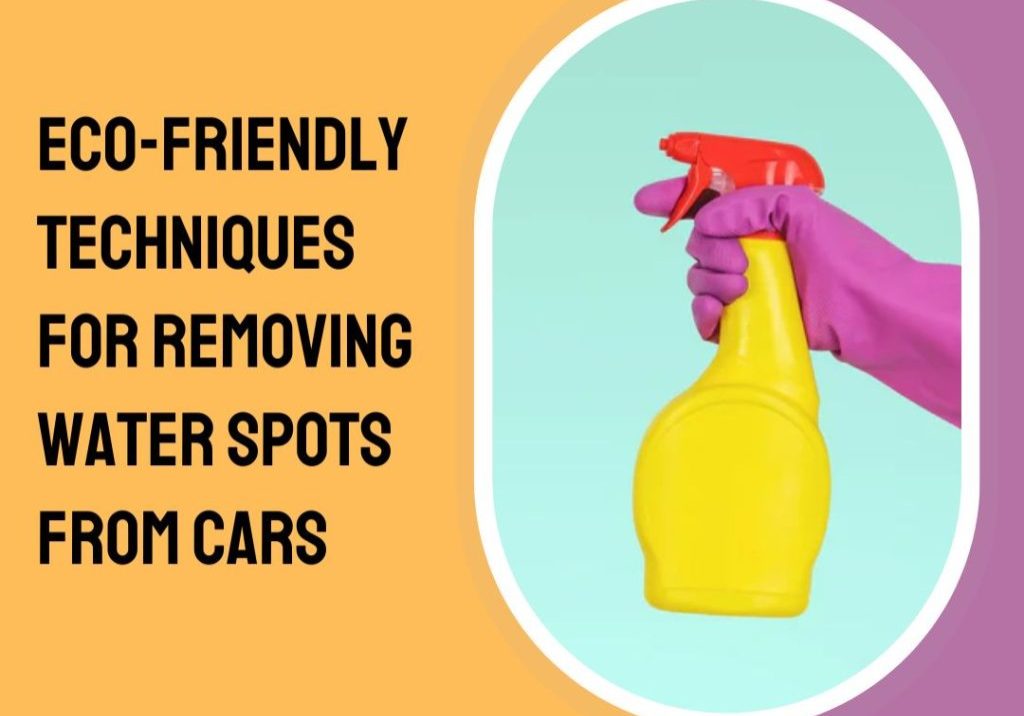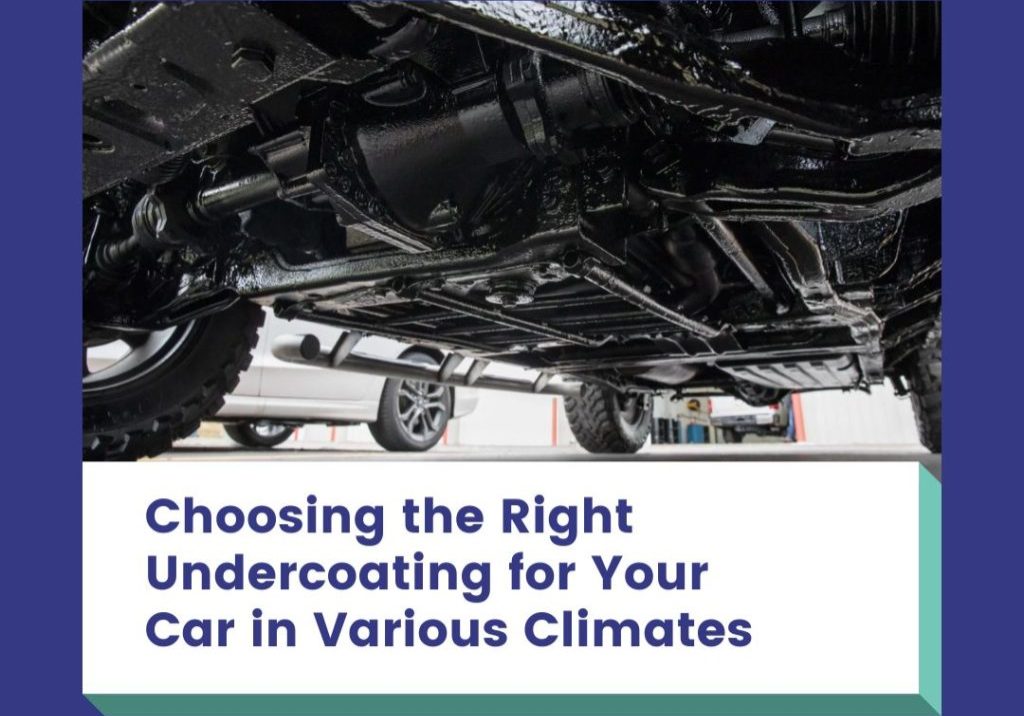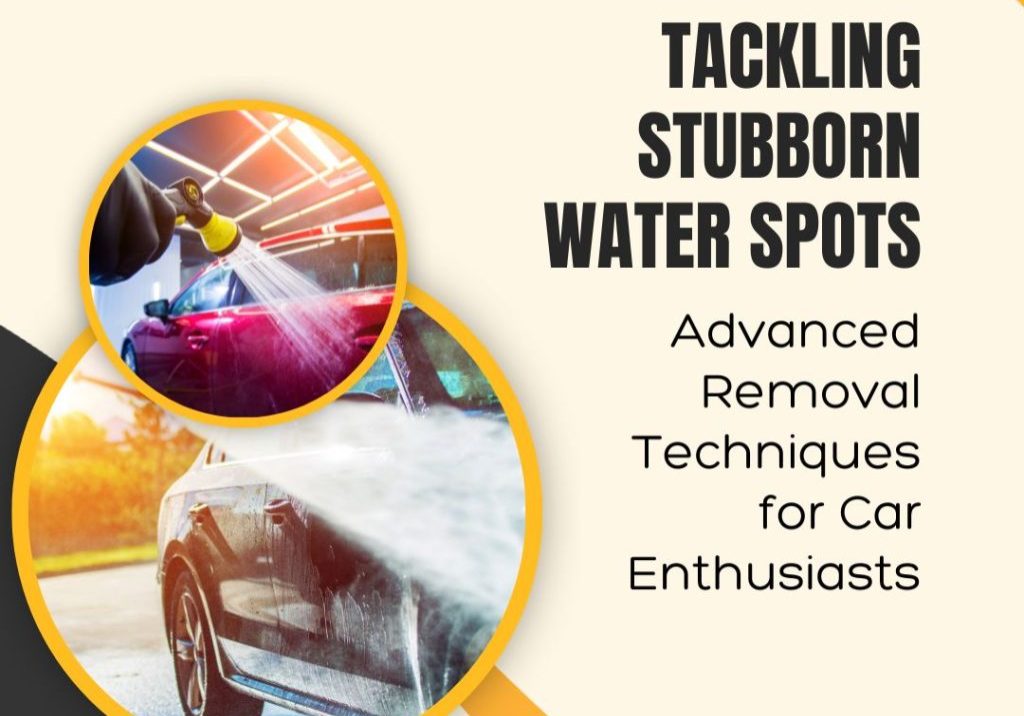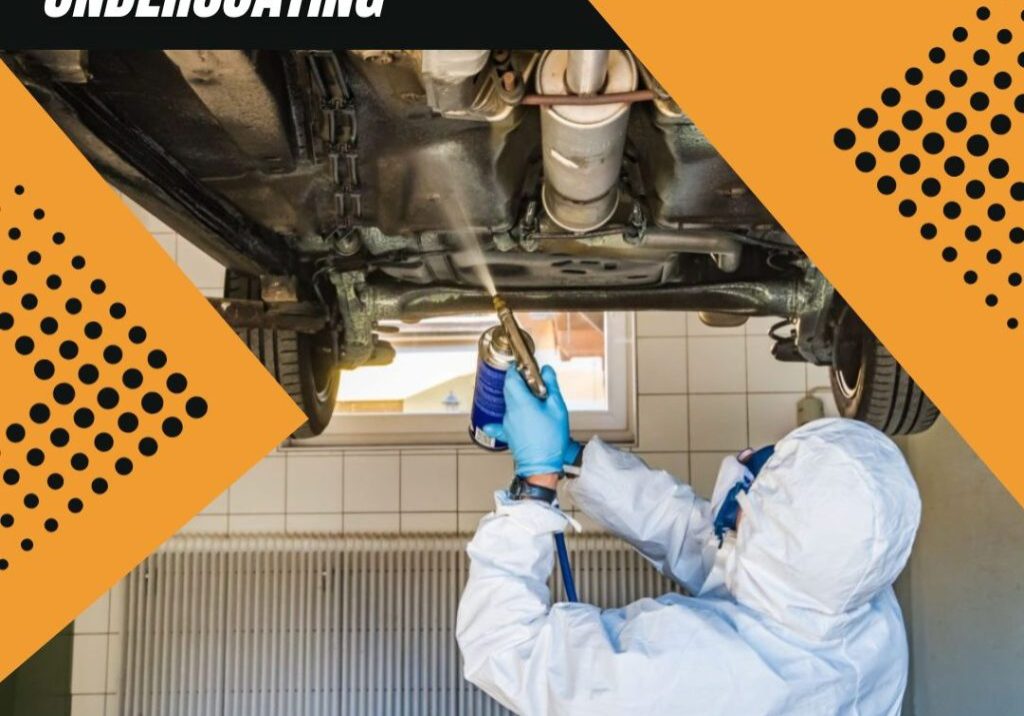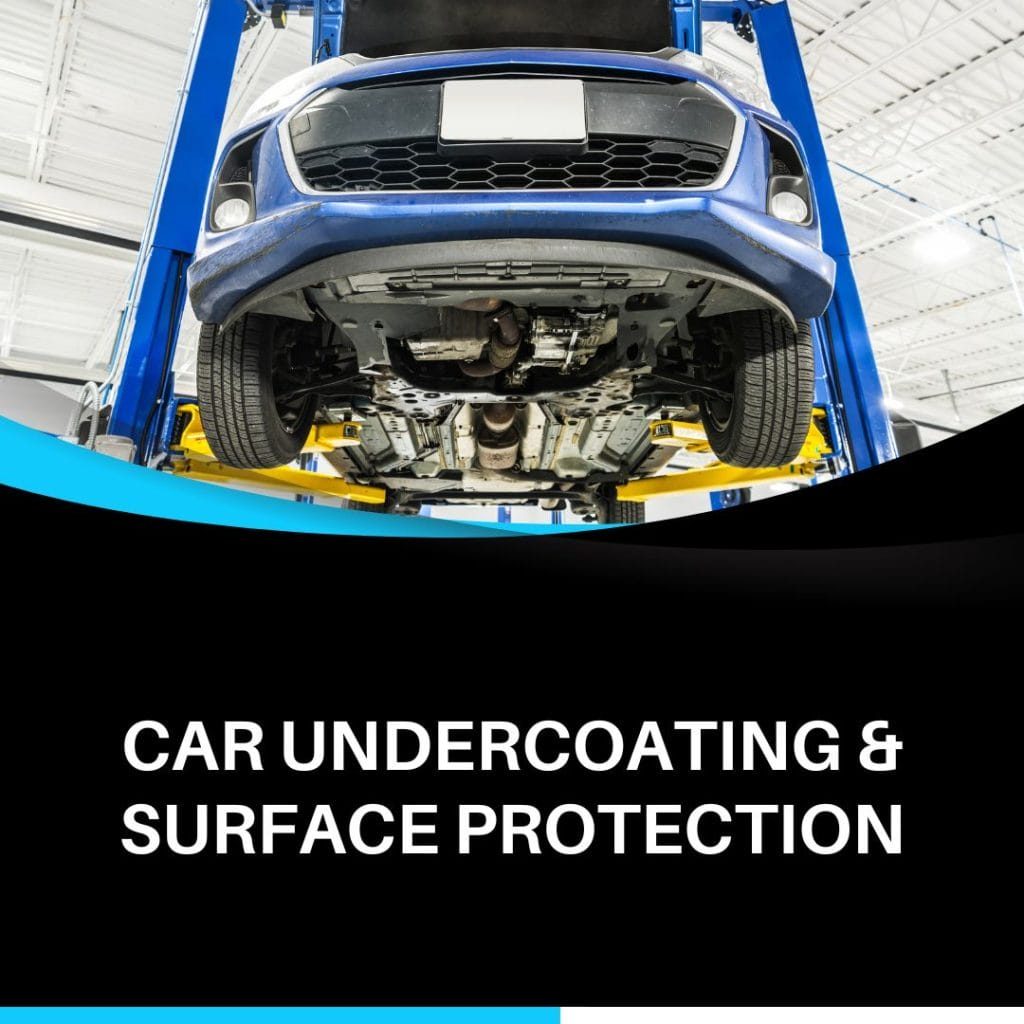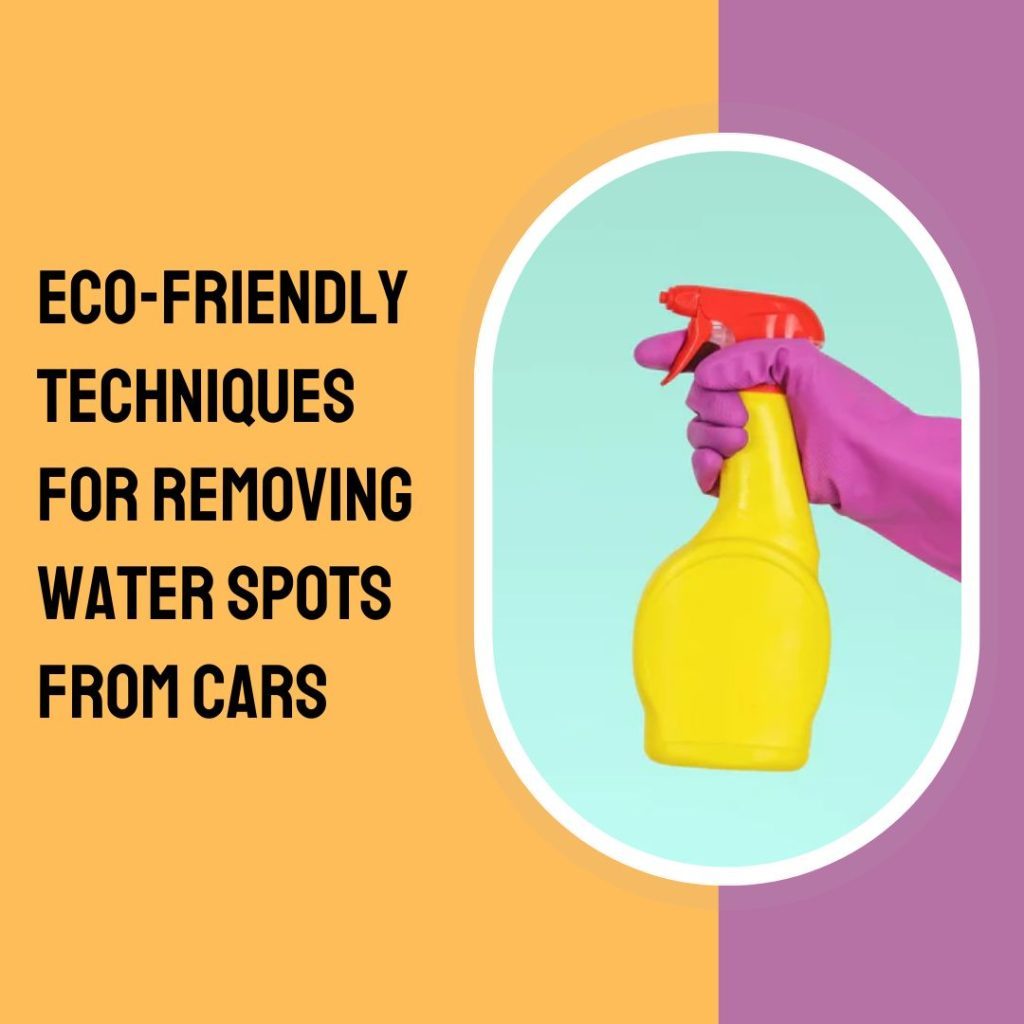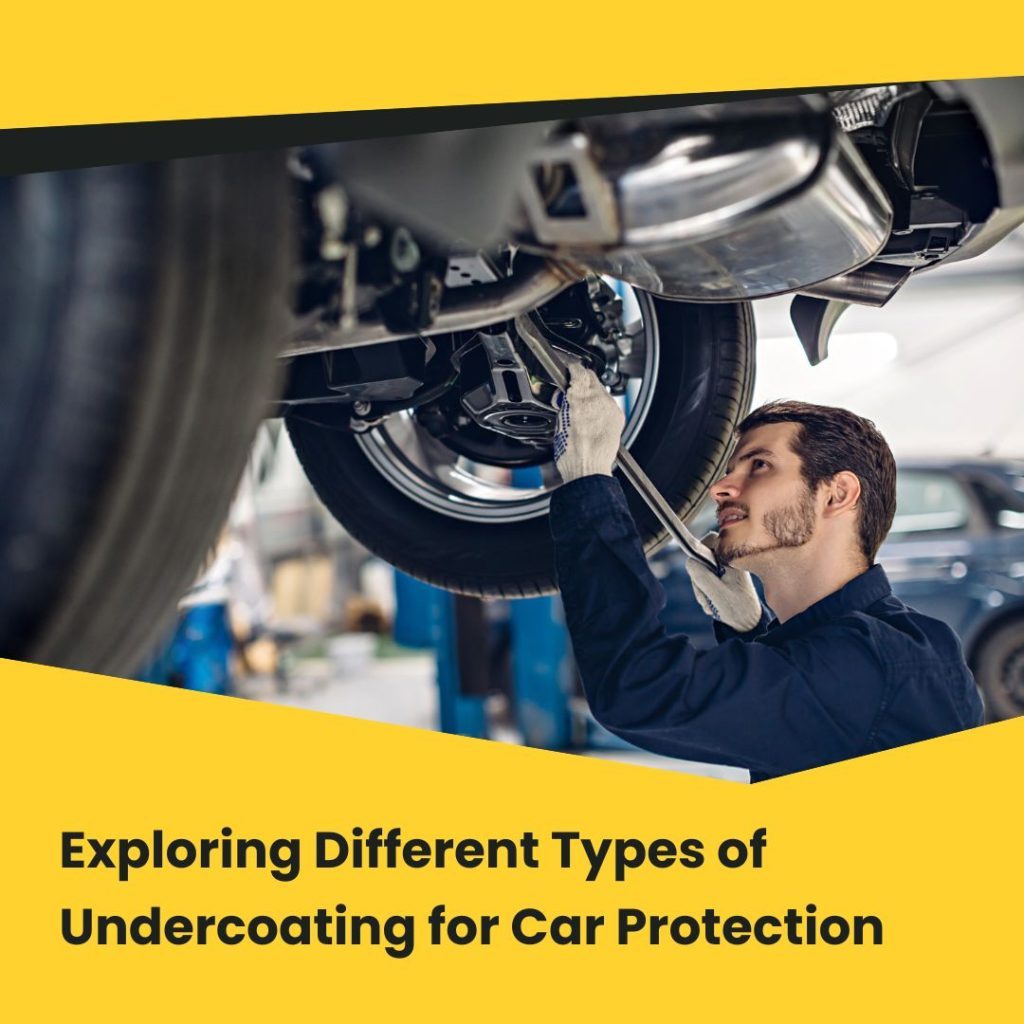Addressing hard water spots on your car can be a challenging task. Few things are more exasperating in car detailing than attempting to eliminate hard water stains from your vehicle. Consequently, it is much more convenient to prevent them in the initial stages.
As water evaporates on your vehicle, it can leave behind minerals, often referred to as “hardness” minerals, including iron, calcium, and magnesium. These minerals have the potential to etch into your vehicle’s finish. They may bond to the clearcoat, basecoat, or even penetrate through to the primer layer of your car’s paint.
Once water spots permeate the clearcoat, it is generally challenging to completely eliminate them. Therefore, achieving a flawless, spot-free finish on your paint and windows requires some dedicated effort.
Preventive Measures to Avoid Water Spots on Cars
There are various preventive measures you can take to avoid water spots on your car. These methods might not prevent all water spots, but they will significantly reduce their frequency and severity.
Dry Your Car After Washing
To avoid water spotting following the rinse or wash of your car, it’s essential to thoroughly dry your vehicle. Personally, I prefer utilizing an electric leaf blower, such as the EGO 580, in combination with my preferred drying towels after the final rinse.
Drying your car post-wash serves to prevent water from lingering on your vehicle, thus preventing the formation of water spots. Ideally, drying your car in the shade is recommended to minimize the time your vehicle remains wet in the sun. However, if you work swiftly, it should suffice. Additionally, spritzing a drying aid or using a spray wax/sealant can expedite the drying process.
Steer Clear of Groundwater and Sprinklers
Sprinkler systems and groundwater, akin to road puddles, stand out as major contributors to water spots on your car, especially when combined with improper washing techniques. To avert such issues, make a conscious effort to avoid parking in proximity to sprinkler heads and refrain from driving through puddles, especially after rainfall.
Prioritizing the avoidance of sprinkler systems is crucial in this context. Nevertheless, puddles can yield similar outcomes, so it’s advisable to steer clear of those as well whenever feasible. If there are concerns about encountering puddles, it’s prudent to transport the car home and administer a thorough wash after navigating through one.
Steer Clear of Sunlight During Washing
Another straightforward method to prevent water spots is to conduct the washing process away from direct sunlight. While ensuring that the final rinse is performed in the shade holds greater significance than the other stages of the wash, it is generally advisable to avoid sunlight throughout the entire process. The elevation of paint temperature induced by sunlight is the primary factor contributing to water spots, so by keeping the car dry while the paint is exposed to the sun, the occurrence of water spots can be mitigated.
In cases where washing in direct sunlight is unavoidable, it doesn’t necessarily guarantee the inevitability of water spots. The application of soap to the car prevents the bonding of water hardness to the paint, even if the soap dries. Utilizing a pH-neutral car soap like Koch Chemie Gsf ensures a clean rinse off the car.
Opt for Deionized Water During Vehicle Rinsing
Another proactive step to thwart water spotting involves ensuring that you do not wash your car with hard water. Installing a water filtration system that filters the water specifically during the final rinsing stage proves to be beneficial.
The inclusion of a pH-neutral soap or a rinse less wash solution with inherent water-softening properties serves as an effective preventive measure against water spotting during the washing process itself. Consequently, there is no necessity to use deionized water throughout any stage of the wash, except for the final rinse. It is essential to promptly apply the soap after the initial rinse and avoid allowing the rinse water to sit on the car in direct sunlight.
Opt for a Coating with Water-Shedding Properties
The most straightforward approach to ward off water spots is to invest in a coating designed to effortlessly shed beads or effectively sheet water, such as products like Dr. Beasley’s Nano-Resin and Nano-Resin Pro. Essentially, if there are no beads forming on your finish, they won’t have the opportunity to leave any marks. While it’s true that no coating can entirely eliminate water from settling on your finish, those with superior water-repelling qualities will minimize static beads, consequently reducing the occurrence of water spots to the greatest extent possible. However, what if you don’t have access to such a coating?
Opt for Distilled Water during Washing
The presence of minerals in water beads left on your finish is the primary cause of water spots. Washing your car on a warm day with standard tap water often leads to water beads drying into spots on your finish before you have a chance to dry them manually. Alternatively, you might inadvertently overlook a bead or two during drying, only to discover days later that a stain has developed in a challenging-to-reach area. By utilizing distilled water, free from mineral content, all these concerns become irrelevant. With no minerals present, there is no residue left behind.
Ensure Comprehensive Drying
Certainly, not everyone has convenient access to distilled water. In such instances, it becomes imperative to ensure thorough drying of your car after washing. Carefully inspect every nook and cranny on your finish, leaving no water bead behind.
Steer Clear of Rain and Sprinklers
Water, with its mineral content, is abundant on our planet, and it is this mineral content that leads to the formation of water spots. So, how can you avoid these pesky spots? Two common sources of water spots are overnight rain and lawn sprinklers that reach your car while it’s parked outdoors. Since these occurrences take place when you’re away from your vehicle, there’s ample time for the spots to stain or etch before you can address them.
The straightforward solution is to either garage your car or cover it with a car cover when not in use. However, it’s essential to inspect your garage beforehand to ensure there are no leaky pipes or roofs that could result in water spots. Despite covers and garaging being effective, paint protection film (PPF) and vinyl can also shield your car from exposure to water when idle. Nevertheless, it’s crucial to note that PPF/vinyl can also stain and etch without a water-shedding ceramic coating, such as Dr. Beasley’s Film Coating or Matte Film Coating.
But what if you lack a garage or car cover? And how do you deal with water encountered while driving or when your car is parked in the open while you’re away? In such scenarios, a different strategy is required.
ABC: Always Be Checking (for water spots)
Although it may seem like a meticulous task, maintaining a flawless finish requires frequent inspections for water spots and other potential contaminants that could cause staining or etching. The rationale is straightforward: catching water spots early on prevents them from having the opportunity to stain or etch into the surface. By thoroughly examining your vehicle multiple times a day, you can easily eliminate water spots using a bottle of Dr. Beasley’s The Final Finish conveniently stored in your glovebox. Additionally, be vigilant for other substances like insect remains, road tar, and sap, as they, too, have the potential to cause staining and, in some cases, etching.glove box
Safeguard Your Car
Applying protection to your car offers dual benefits, irrespective of whether it involves wax, sealant, or ceramic coating.
- Reduced Risk of Water Spots: The hydrophobic (water-repelling) nature of these paint protectants minimizes water retention on your car, if any. Generally, a coating exhibits greater hydrophobicity than a wax or sealant. For optimal resistance to water spotting, opting for a ceramic coating is recommended.
- Establishing a Sacrificial Layer: Using protectants creates a sacrificial layer that can potentially shield your paint and windows from permanent staining caused by hard water spots. If hard water does land on your car, this protective layer can be sacrificially affected instead of your vehicle’s surfaces.
When facing persistent issues, consider the following steps:
- Maintenance Wash: Commence with a routine maintenance wash process. If successful, no further action may be required.
- Decontamination Wash: If the issue persists, proceed with a more intensive decontamination wash process. Utilize an iron remover, followed by a car soap designed to strip wax. Note that this may compromise the integrity of wax or sealant protection, so assess its hydrophobic properties compared to its initial application.
- Paint Prep Spray: Before transitioning to polishing, always employ a paint prep spray to prepare the surface.
- Polishing and Reapplication: If all else fails, resort to polishing the car and subsequently reapply the protective coating.
By taking these steps, you enhance the overall protection of your vehicle and reduce the likelihood of water spots.
Check Your Car for Water Spots Regularly
Frequent inspections of your car are crucial in preventing lasting harm from water spots. The longer hard water minerals linger on your vehicle, the more deeply they permeate the paint. Catching them early makes removal easier and increases the likelihood that the spots can be completely eliminated.
Concentrate on inspecting more horizontal panels like the hood, roof, and trunk, as these areas are more prone to water spotting. These panels are less likely to shed water and receive direct exposure to sunlight, making them more susceptible to water spots.
Wrapping up
Ultimately, water spots are bound to occur. However, with the appropriate ceramic coating, preventive measures, and attentive care, you’ll never encounter one that cannot be effortlessly eliminated. Keep in mind that maintaining a pristine finish requires continuous effort!


